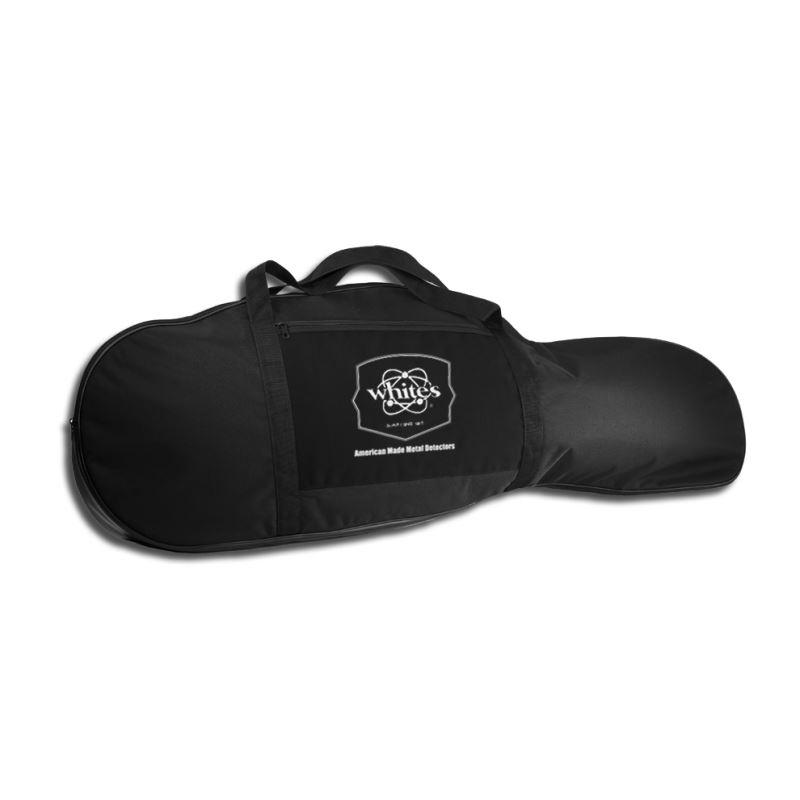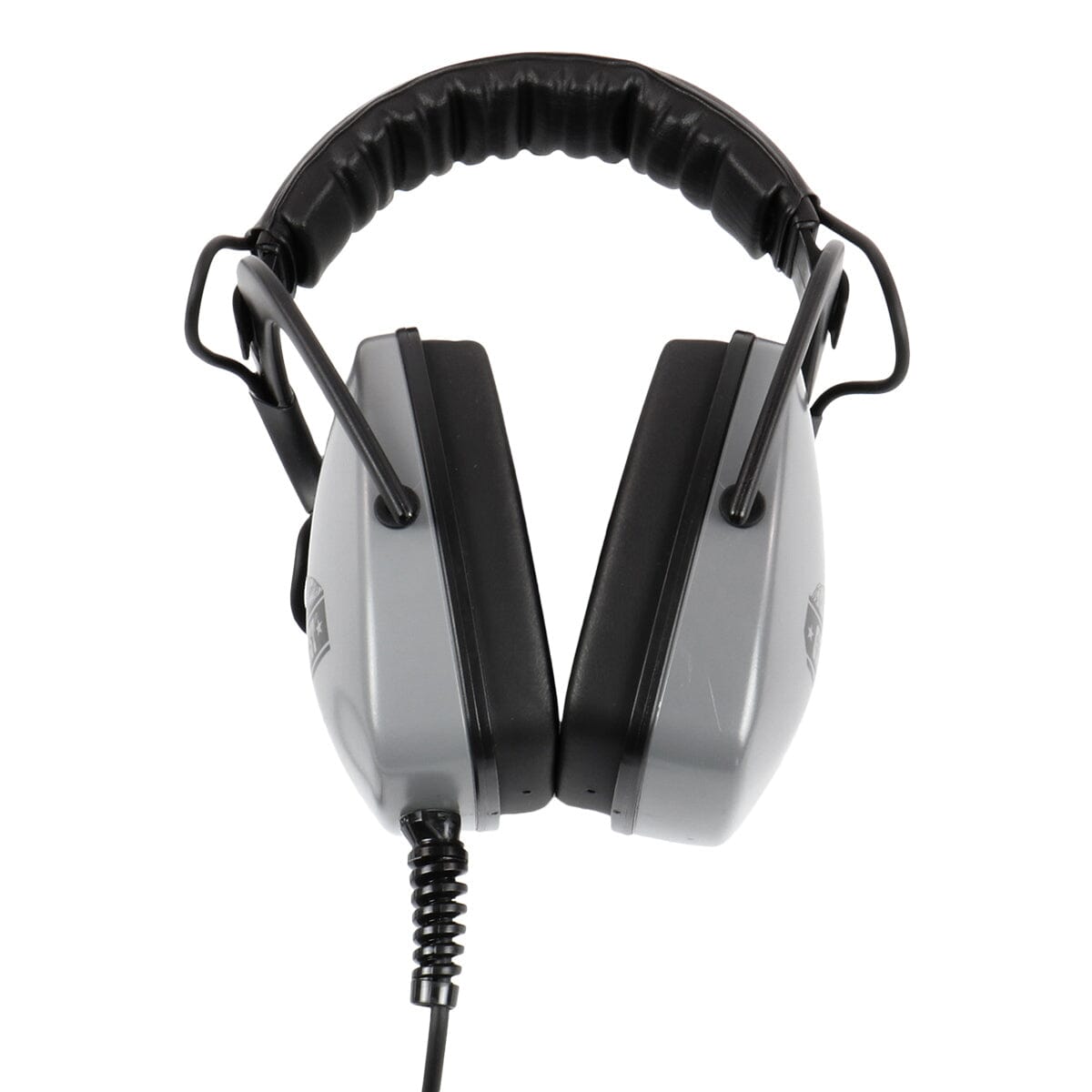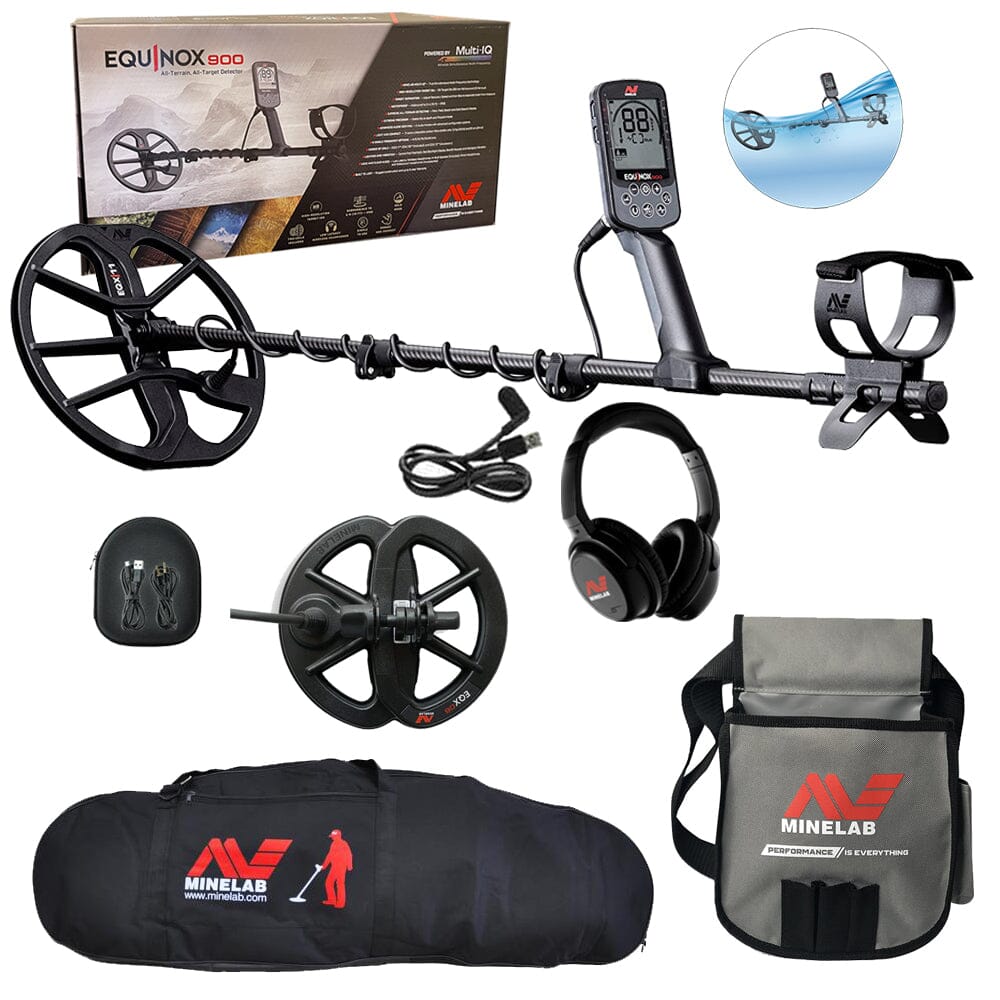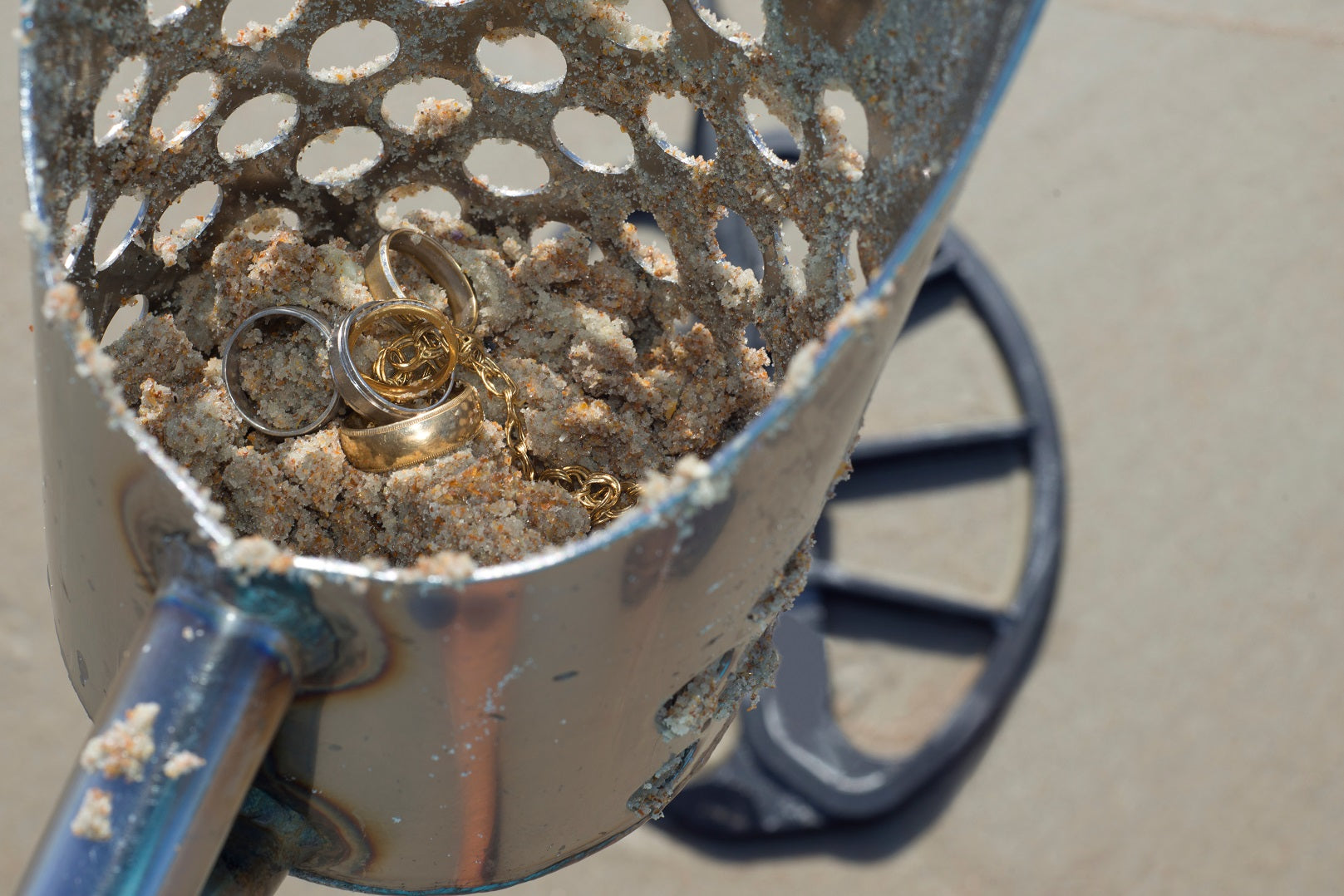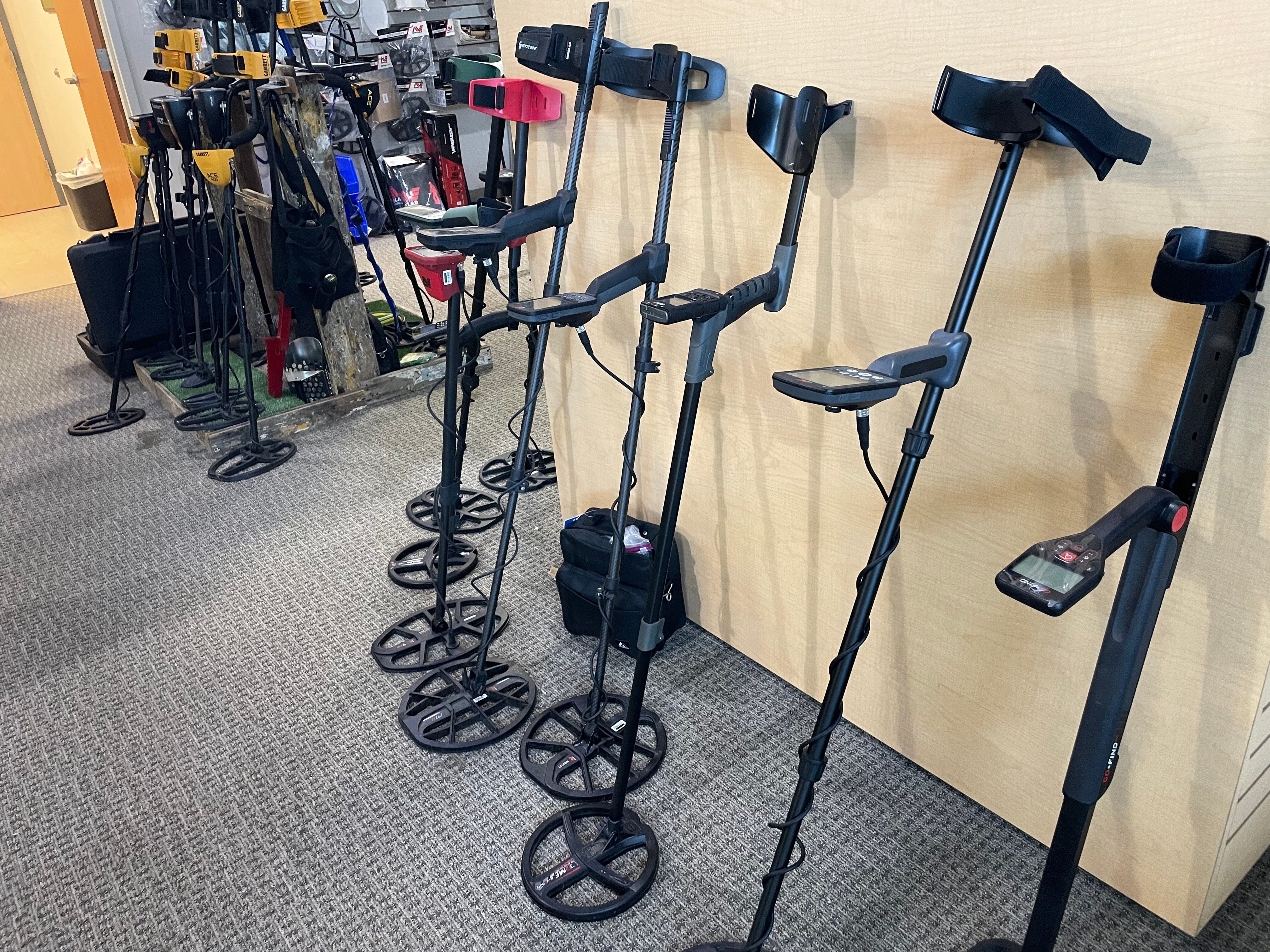Menu
Relic Research - How to find old and historic properties to metal detect for relics and treasure.
Unless you get lucky or know a lot of people with historic properties and someone invites you to metal detect their old historic property, you will most likely have to go out and find it on your own. The first step in doing so is researching. Here are some tips in researching how to find the best properties for metal detecting relics.
Tracking Leads
The first step in your research is to develop some leads. These leads are properties in which you have a higher likelihood of finding some cool and potentially valuable relics and treasure. To do this, you need to know the history of your region. This can be done through online research, visiting local historical societies, reading history books, and speaking to old timers. It is extremely interesting to learn of some exciting historical event in an area and to track down where that exactly that event took place.
For example, much of the relic hunting we do around the Kansas City area is related to old farmsteads that were part of the Border Wars that took place between Kansas and neighboring Missouri by pro-slavery "Border Ruffians" and anti-slavery "Free-Staters". Many of the homesteads in this region were caught in the middle of the battle. Regardless of their allegiance, a great number of them were ransacked by either side. So, our focus centers around finding these old properties in the hopes of recovering some old relics such as old three ring bullets, saber scabbards, bayonets, etc. In addition to this, the currencies of this time were of silver and gold. So, finding any money of those days is a virtual jackpot…and it does happen.
In the video below, you will see a little research to find an old property that sits right on the state line of Kansas and Missouri that was subject to these conflicts.
You will see that we had printed historic plat maps and modern online images to locate the prime hunting ground of this property. Using Google Earth, we were able to place an electronic version or “layer” of the old plat map into the program and raise and lower the transparency of that layer. The old plat maps typically show approximate locations of structures (including houses, schools, and churches). With this set up we were able to find where the old structures on the property were located. This cut our search time in half as we knew almost exactly where to go on the property to find heavily occupied areas.
The Internet
Your first inclination will be to do some internet research. This is an easy way to get some clues ideas. Old lore is much abound on the world wide web. Keep in mind though much of the historic information that has been written about (or discussed for that matter) has not been translated into electronic text.
In addition to researching history, one of the most valuable resources the internet provides is quick access to historic plat maps and aerial online imaging. Google Earth as well as local GIS (Graphic Information System) can provide much needed intel to zero in on where to start detecting. Many of the GISs provide aerial images as far back as the 50’s and you can view the same property incrementally from year to year up to the present. The older images provide a great link between Old Plat Maps (which can sometimes be found online as well) and modern aerial images.
The Old School Way - Books
There are tons of books out there that will assist you in finding ideas and leads on how to track down good properties to metal detect. In addition to this there are many “How to” books on relic hunting itself. My favorite book on this subject tis Relic Quest by Stephen L. Moore. It is 544 pages packed with useful information on how to find relics effectively.
Older books may not be available in searchable electronic text. Therefore finding and reading the paper versions is the only way to squeeze out the details hidden within. You can spend time searching for these books or you can let us do the work for you. This Link is a Link to Many Great Treasure Hunting Books. You’re welcome.
The Older School Way - Talking to Old Timers
Very few methods of tracking down relics and treasure is better (or more enjoyable for that matter) than sitting down with a person who knows the area you are searching like the back of their hand. Although very few old timers who are still around today lived in the early 1900’s, many of them have been handed down stories and treasure lore from previous generations. Some of the best to talk to are those who have an interest in history, relics, and treasure hunting. Metal detecting groups and historical societies all around are loaded with aging folks who love the game but may not be able to get out and dig like they used to. They are the ones that have been tracking leads for decades. They have gems of knowledge that you will never find anywhere else.
Metal detecting groups like our most active Topeka Treasure Hunters are very helpful for people who are new to the sport.
Historical societies are very helpful in educating you on the history of an area. Some are understandably a little skeptical of metal detectorists. One way to help open them up to assisting you is to offer your finds to them or a local history museum. For a list of historical societies in your area, Click Here.
Stay tuned to our blog for upcoming articles and episodes by following us on your favorite social media outlet to stay informed of releases:
YouTube: HighPlainsProspectors
Facebook: @highplainspropsectors
Instagram: #highplainsprospectors
Twitter: @HProspectors
Follow onTWITTER- https://twitter.com/ProspectorsKS
You Might Be Interested In
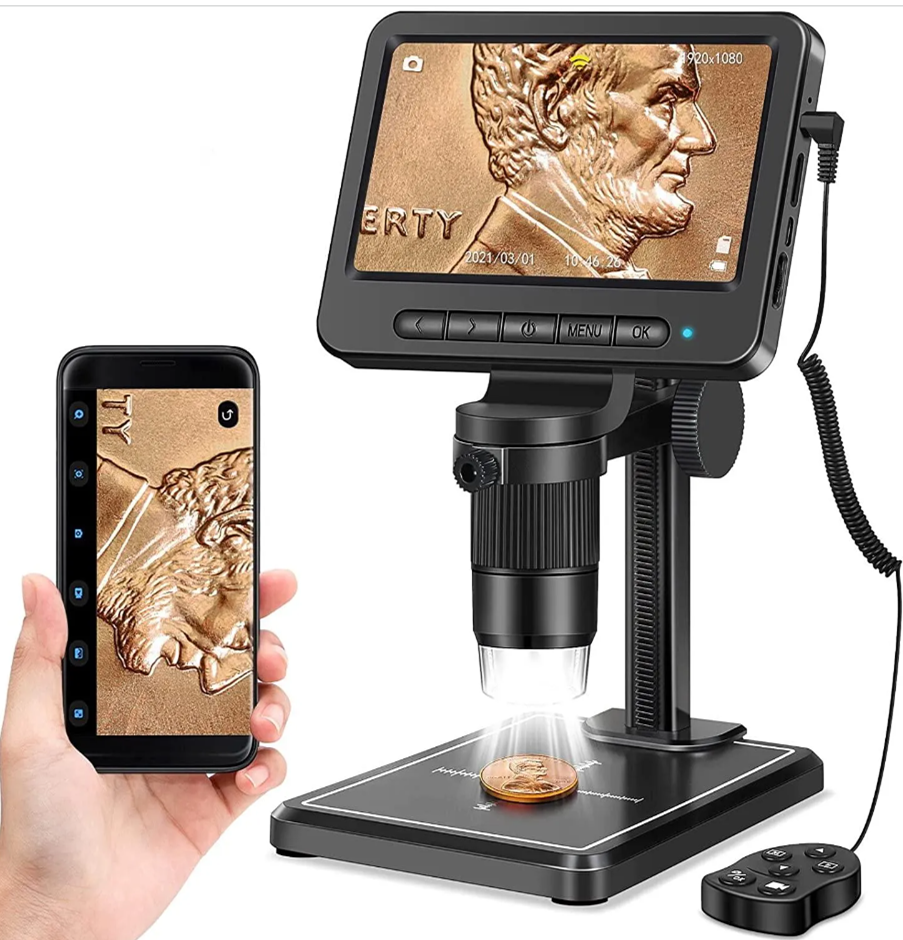
Coin & Relic Cleaning Supplies
Pair text with an image to focus on your chosen product, collection, or blog post. Add details on availability, style, or even provide a review.
- Choosing a selection results in a full page refresh.

